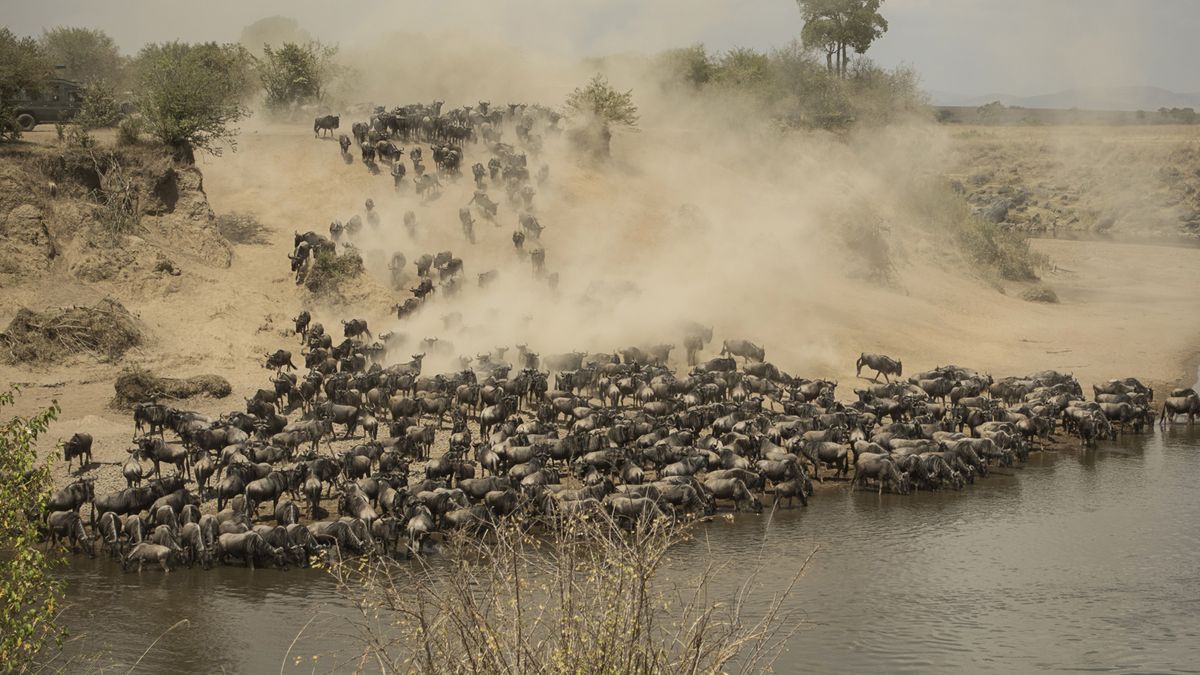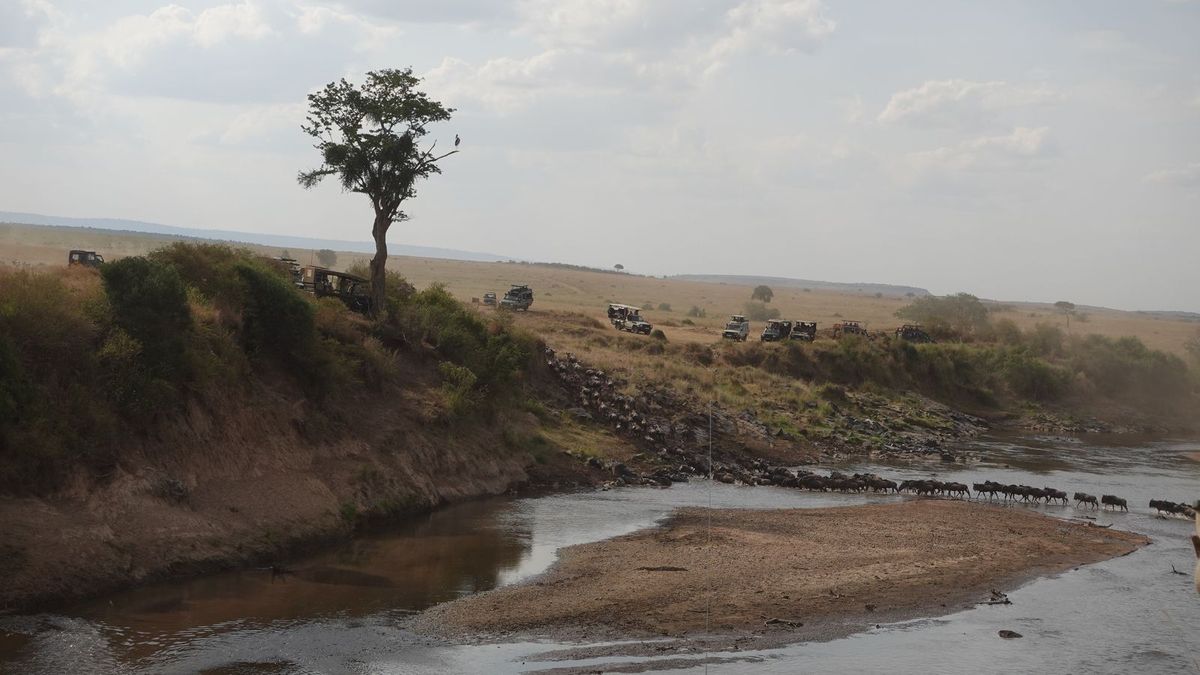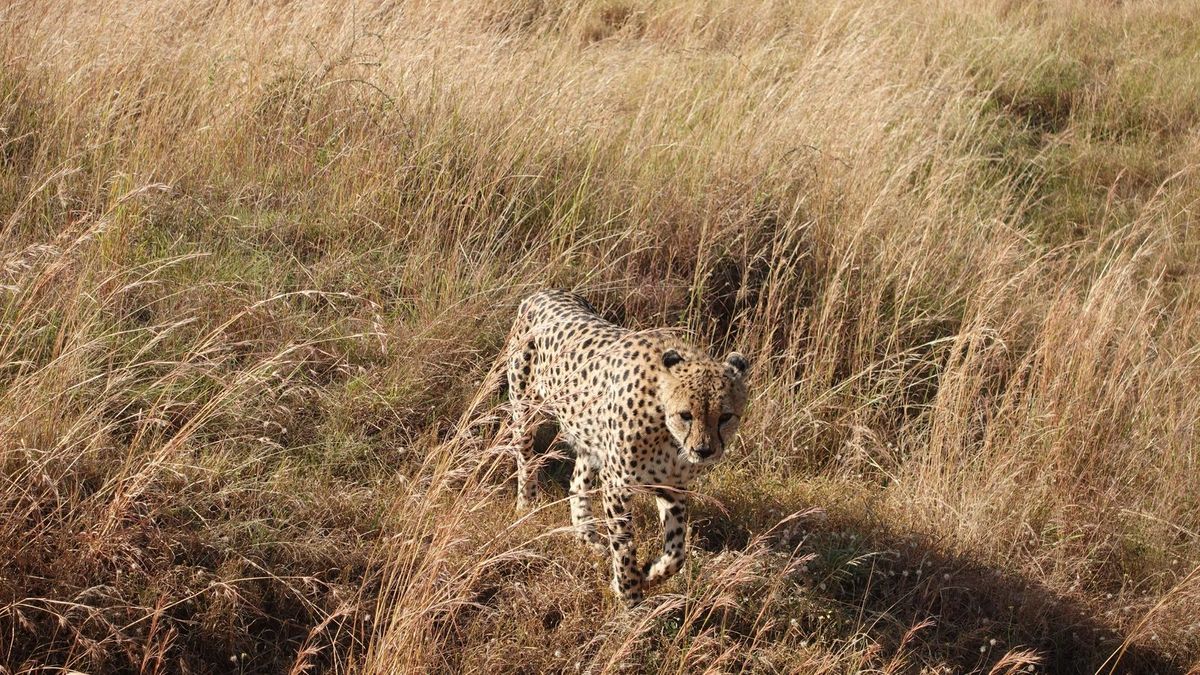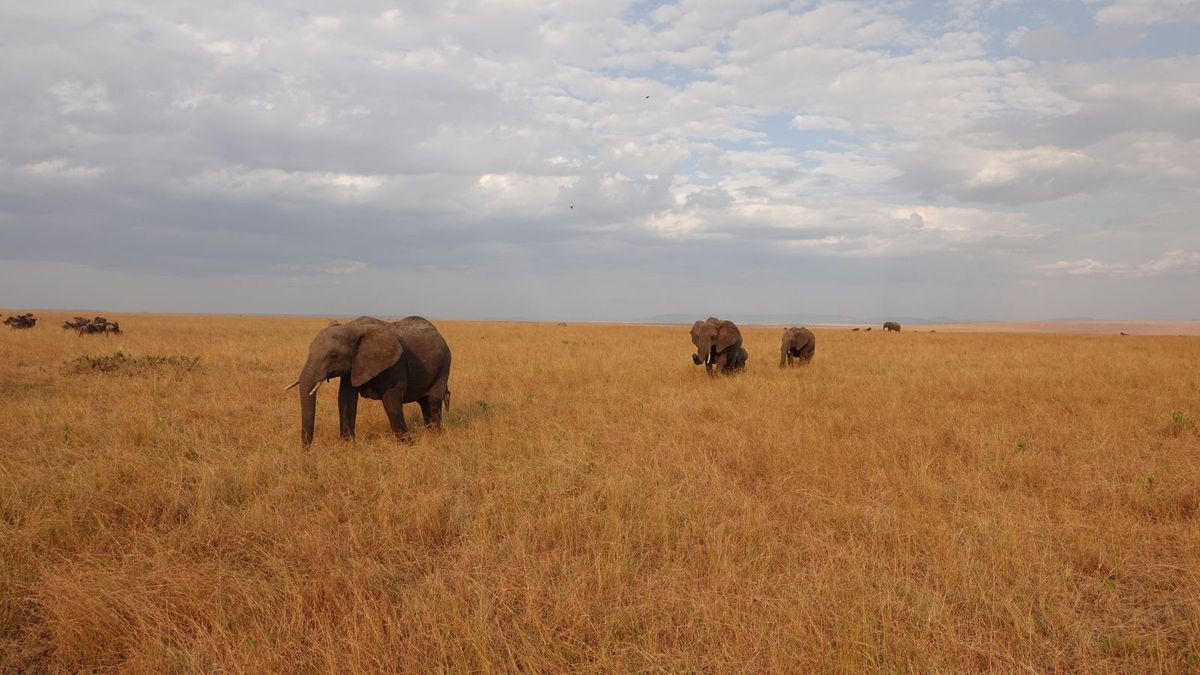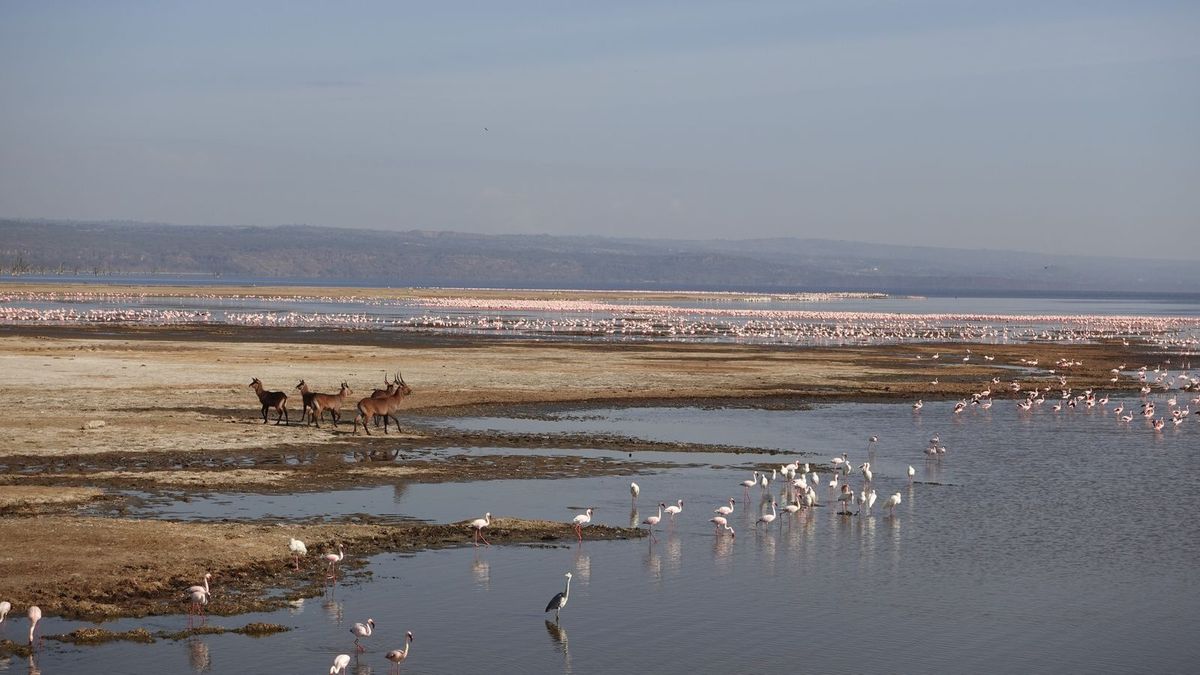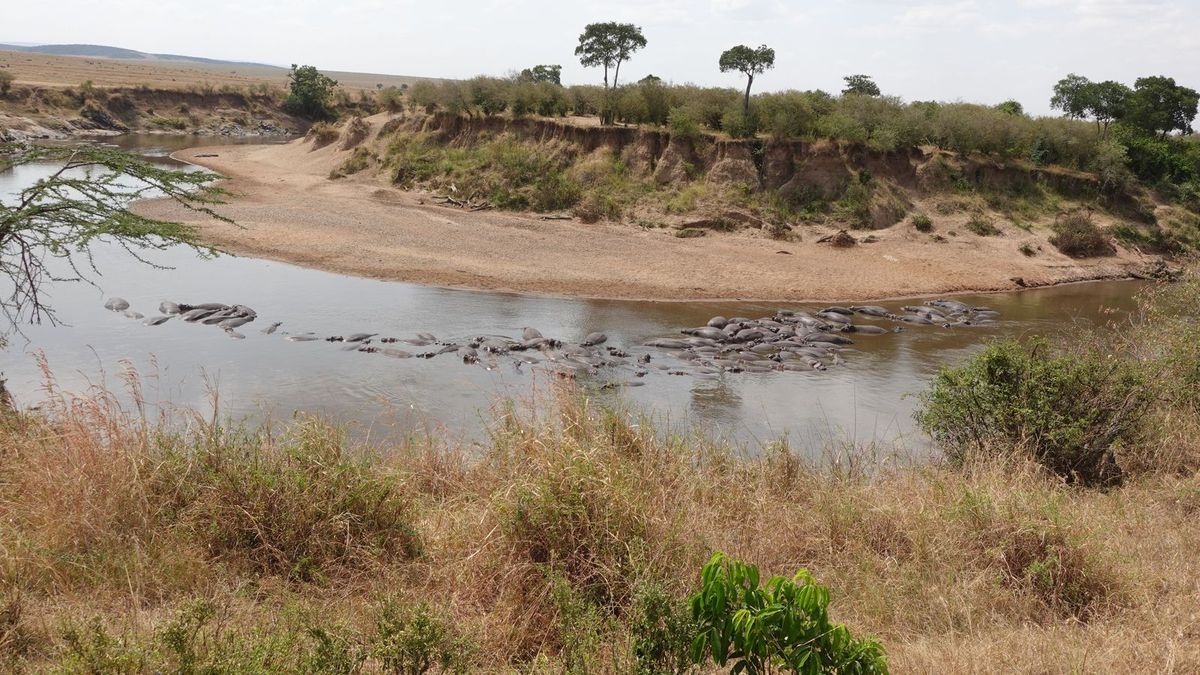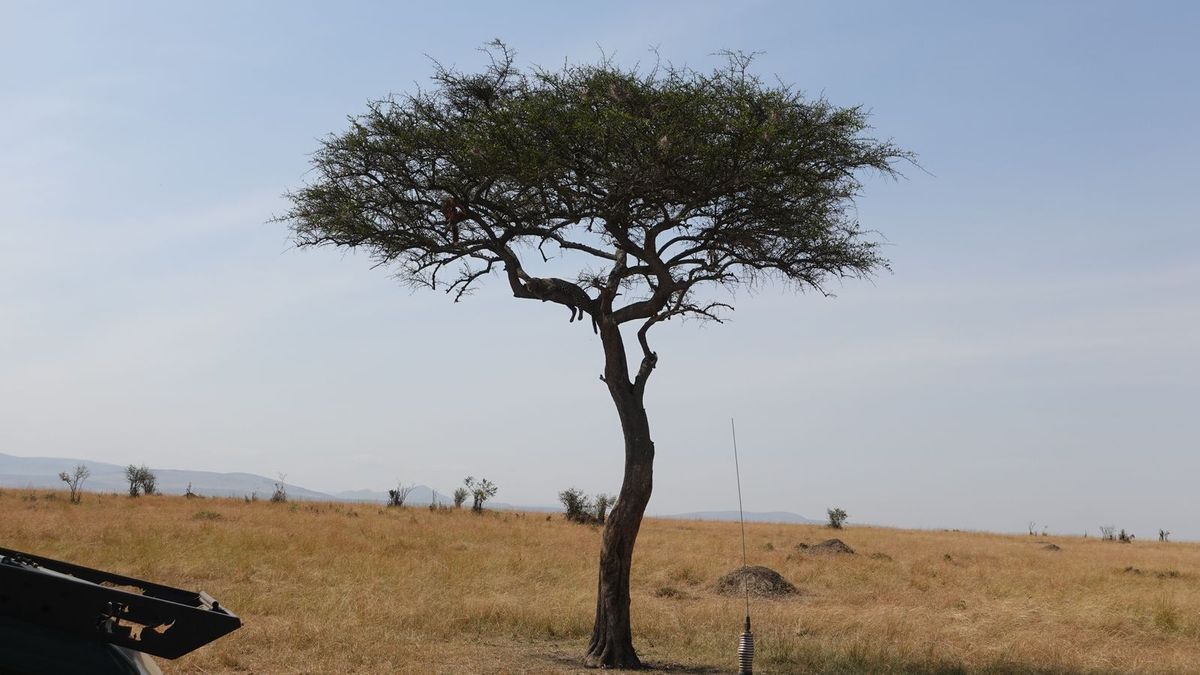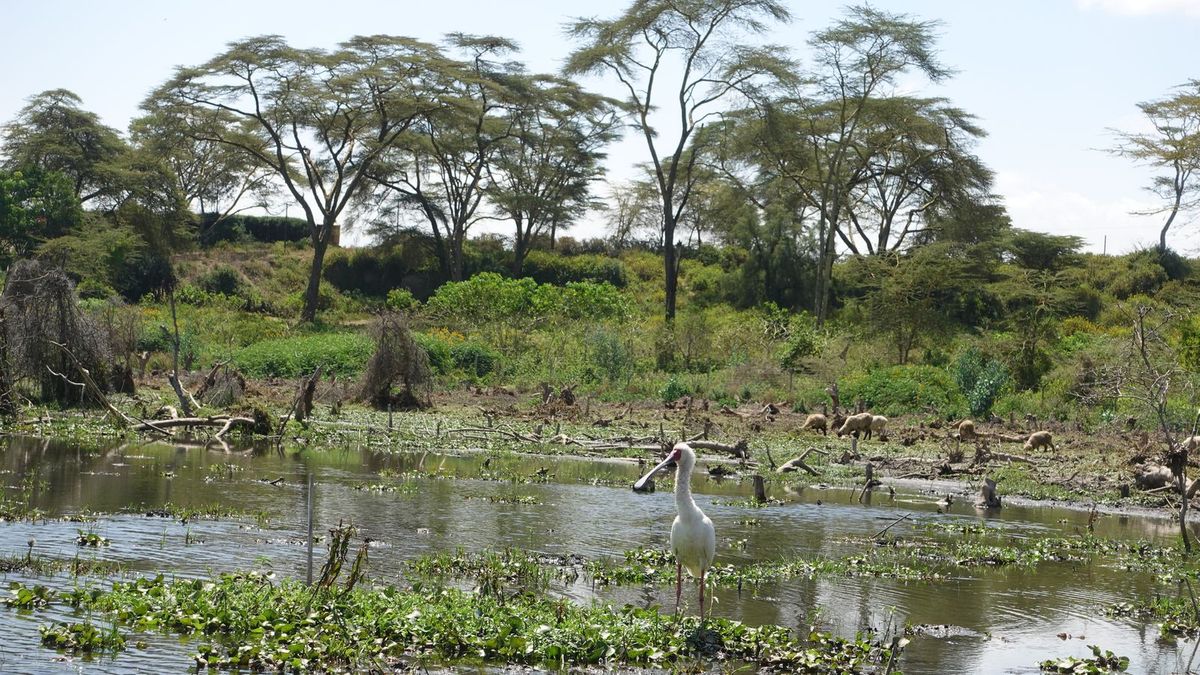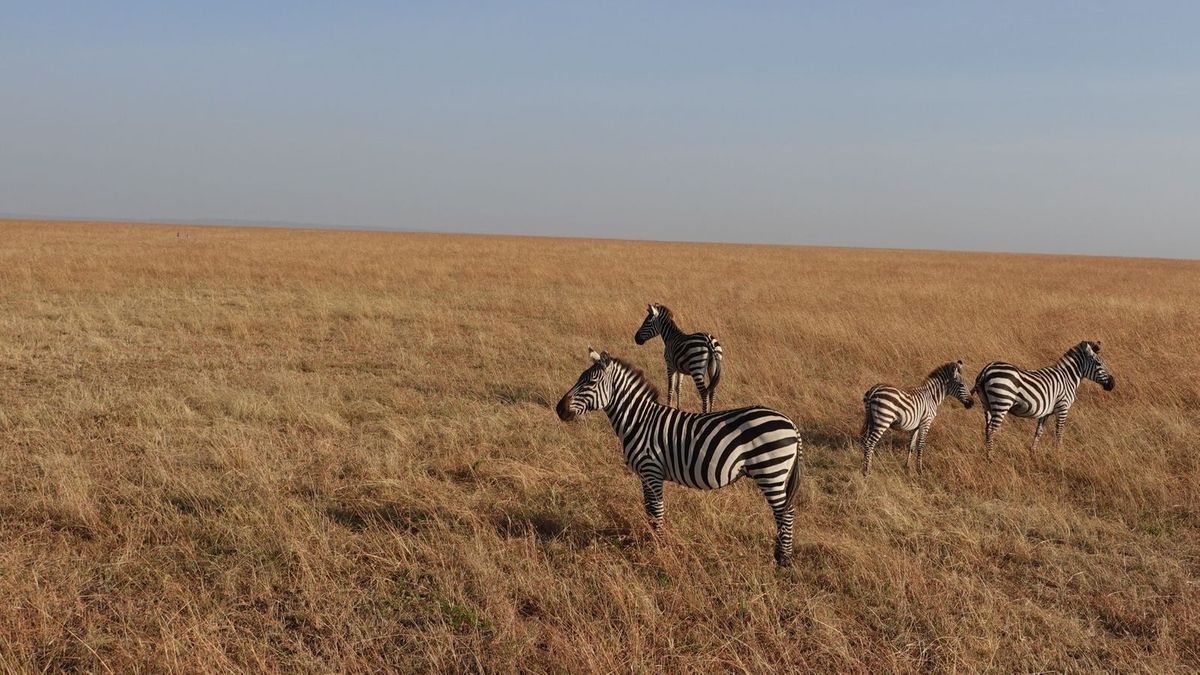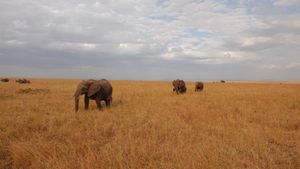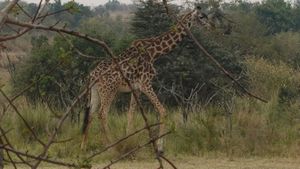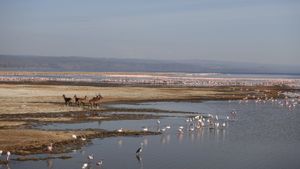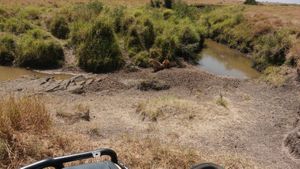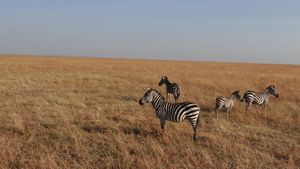The son was going back to college. We had barely six days to pack this family holiday in the last week of July before his summer holidays ended. I wanted to plan this trip to perfection so that we got to see the best of varied wildlife in Kenya in that short span. Being the season of the famous migration, it was the best time to visit the savannahs of Masai Mara.
An abundance of wildlife at Masai Mara
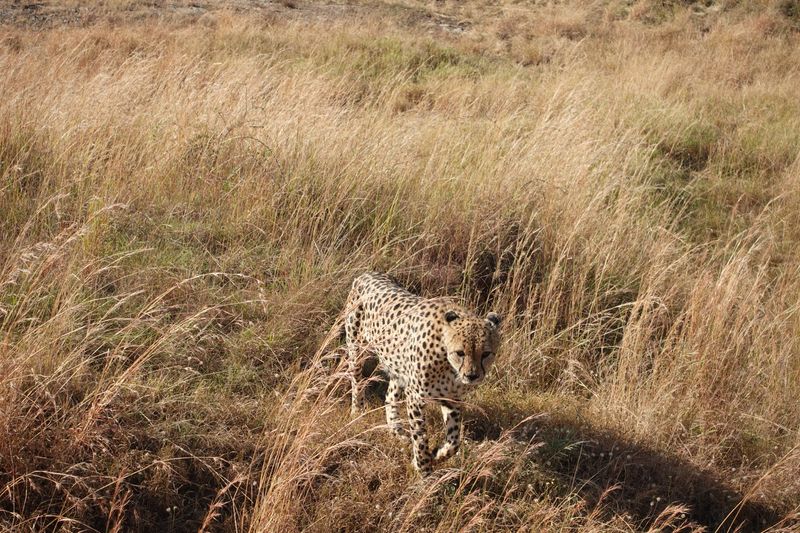
The first thing that separates Masai Mara from other ‘bush’ experiences is the abundance of wildlife and ease of spotting myriad species of animals in the low grassland of the savannahs. You are almost assured of sightings of all major animals within hours of your first safari. So, keeping the trepidation of mere sighting away, you should rather focus on sights like a real hunt by a ‘big five’ or successful migrations of wildebeest and zebras in hundreds of thousands. You may stay at Mara for three days or for 83 days (an American photojournalist recently stayed that long at the camp we were staying in), yet you will always come back asking for more. We were lucky to spot multiple prides of lions, cheetahs, the famous leopard Luluka atop a tree devouring her prey, hippos, crocodiles, hyenas, elephants, giraffes, zebras, wildebeests, and multiple crossings at the Mara triangle.
The great migration of wildebeest
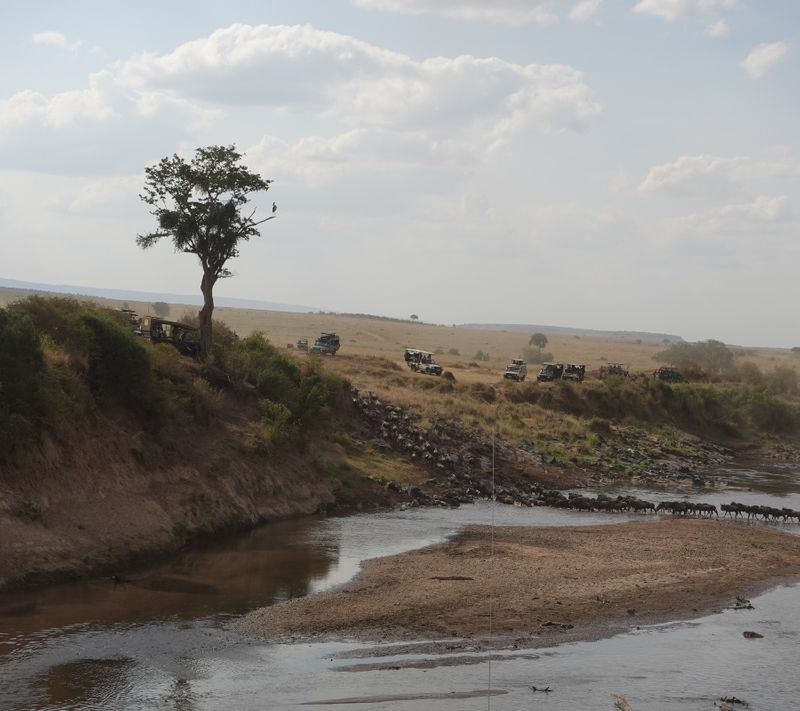
The most populous animal in Mara and the adjoining Serengeti (a much bigger wildlife park in Tanzania) is the wildebeest. To pursue greener pastures for grazing, they (along with zebras) cross over from Tanzania to Kenya around July-August and head back around September-October. This crossing over is the biggest overland natural migration of animals in the world. There are an estimated six million wildebeests if you take the national parks on both sides of the border into consideration. While it is a breathtaking sight to see these amazing animals cross over the Mara River, it also is intriguing as many attempts are unsuccessful and are aborted due to attacks by crocodiles and hippos, who chase them away. The animals do not lose hope easily, soon enough they come back for another attempt. It is important to mark that patience is key to successfully sight the migration. Facing the animals makes a better photo opportunity than catching them from the other side. So, choose your spot smartly.
Camping at Mara National Park

Choose your camp wisely, based on what you are looking for. We stayed at Camp Olgatuni. Set up by wildlife photographers and travel planners, Alankar Chandra and late Anuj Mukherjee—Olgatuni is an unfenced camp with animals passing by through the night. From the comfort of your bed, you can well hear the roar of the lion, the grunt of a hippo, and cackling hyenas. One early dawn we were met by a giraffe posing right outside our tent, almost checking if our stay was comfortable. While there are way more luxurious stays available at Mara National Park. Olgatuni boasts of being run by members of the Masai tribe and offers a very local feel.
Beyond Mara

To add to your Mara experience, you may visit Amboseli National Park (with gorgeous views of Mt. Kilimanjaro), and Mombasa or Zanzibar (Tanzania) for the beach life. We added Naivasha (for the boating, incredible birdwatching, and hippo sighting experience) and Nakuru National Park (mainly for the pink carpet of flamingoes and white rhinos). There are 350 odd varieties of birds at Naivasha Lake, we could spot more than 40— each bird view took our breath away. Also, a stopover at Nairobi for a day or two adds the big city touch and some shopping relief. For the hardcore non-vegetarians a visit to Carnivore—the famed restaurant that serves exotic meats on Masai swords, grilled to perfection on a blazing fire pit—is quite a treat. The restaurant has wholesome salads, delicious desserts, and interesting cocktails on its menu too!
Travelling to Masai Mara
Distances between the parks are sometimes a bit daunting but can be done by car. Else you can always fly in and out of Mara by small planes at roughly 200 USD one way. Viewing migration and wildlife from hot air balloons is a fun idea, priced steep at 450 USD per person—here’s hoping that you get lucky to catch some serious migration views from your balloon. One can reach Mombasa by a short flight or by road. Zanzibar can be reached by a 75 minutes flight from Nairobi.
Before travelling to Mara, remember…
Never miss out on a good holiday due to an oversight. You need yellow fever vaccination to enter Kenya. These are available in a few chosen government medical facilities across main cities of India, that too on a few days of the week. And you need to administer the vaccine at least 10 days before entering Kenya.
Remember you can’t take the yellow fever vaccine within 14 days of having Covid or the precautionary Dose. So, plan your vaccine in time. Now the good news: once taken, it offers lifelong protection.
Best time to visit: July to September to experience migration and comfortable cold weather Best way to travel to Nairobi: Kenya Airways fly direct from Mumbai. Takes about six hours. Several Middle Eastern airlines fly with one stopover Visa: For Indian visitors, a Kenyan visa can be applied online, which takes 1-3 working days only. Please note the visa on arrival is no longer valid Best hotels/camps to stay: Sarova Mara Game Camp, Fig Tree Camp, Governors’ Camp, Mara Eden Safari Camp |


